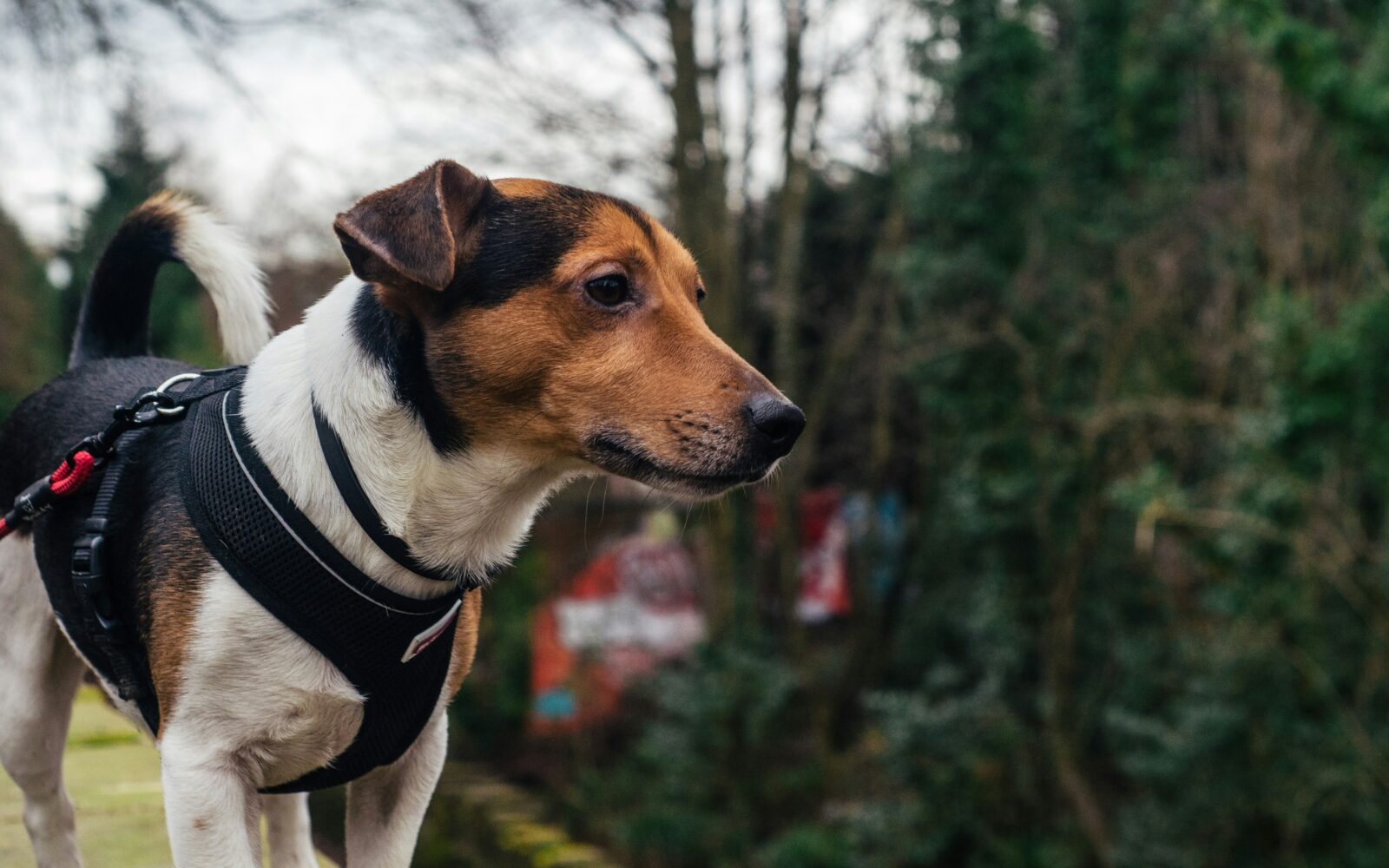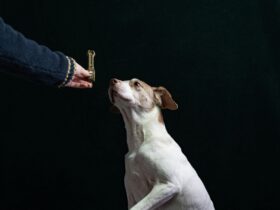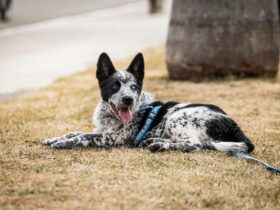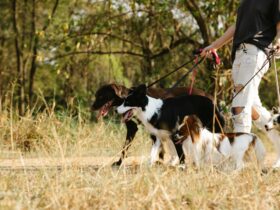Putting a harness on your dog can sometimes be a frustrating task. Whether your dog is wiggly, uncooperative, or simply not used to the harness, it’s important to make the process as smooth and stress-free as possible. A well-fitted harness is essential for your dog’s comfort and safety, but if putting it on becomes a daily struggle, it can be overwhelming. In this comprehensive guide, we’ll walk you through the steps to make putting on your dog’s harness easy, and provide tips to ensure a positive experience for both you and your furry friend.
1. Choosing the Right Harness
1.1. Types of Dog Harnesses
Before diving into the process of putting on a harness, it’s crucial to choose the right type for your dog. Here are some common types:
- Back-Clip Harness: The D-ring is located on the back, ideal for well-trained dogs who do not pull excessively.
- Front-Clip Harness: The D-ring is on the front of the harness, helping to control pulling and discourage undesirable behavior.
- Dual-Clip Harness: This harness combines both front and back clips, offering versatility for different training needs.
- Step-In Harness: The harness has an open design that your dog steps into, making it easier for some dogs to wear.
1.2. Proper Fit
A properly fitted harness is key to your dog’s comfort and safety:
- Measure Your Dog: Use a flexible tape measure to measure around the widest part of your dog’s chest and neck. Compare these measurements with the harness size guide.
- Adjust the Straps: Ensure the harness is snug but not too tight. You should be able to fit two fingers between the harness and your dog’s body.
2. Preparing Your Dog
2.1. Create a Positive Association
Before attempting to put on the harness, help your dog associate it with positive experiences:
- Introduce the Harness: Let your dog sniff and explore the harness. Offer treats and praise to create a positive association.
- Practice Handling: Gently handle your dog’s body and harness in short, positive sessions. This helps your dog get used to being touched and adjusted.
2.2. Use Training Techniques
If your dog is anxious about the harness, use these techniques:
- Desensitize Gradually: Start by putting the harness on briefly and then taking it off. Gradually increase the duration it stays on as your dog becomes more comfortable.
- Incorporate Treats: Use treats to reward your dog for calm behavior during the harnessing process. This encourages them to stay still and cooperate.
3. Steps to Put on a Harness
3.1. Step-by-Step Instructions
Here’s a step-by-step guide to help you put on your dog’s harness:
- Prepare the Harness: Unclip any buckles and loosen the straps to make it easier to put on your dog.
- Position the Harness: Place the harness on the ground and let your dog step into it if you’re using a step-in style, or position the harness around their body if it’s a different type.
- Adjust the Straps: Gently lift the harness over your dog’s head (for overhead styles) or fasten it around their body (for step-in styles). Ensure the straps are not twisted and that the harness is correctly oriented.
- Buckle Up: Fasten all buckles securely but avoid making them too tight. You should be able to fit two fingers between the strap and your dog’s body.
- Check the Fit: Adjust the straps to ensure a snug but comfortable fit. Make sure the harness does not restrict movement or rub against your dog’s skin.
- Practice and Praise: Once the harness is on, give your dog plenty of praise and a treat. Let them walk around with the harness for a few minutes to get used to the feel.
3.2. Common Mistakes to Avoid
To ensure the harness process goes smoothly, avoid these common mistakes:
- Incorrect Fit: An improperly fitted harness can cause discomfort or even injury. Double-check the fit before taking your dog out for a walk.
- Rushing the Process: Take your time to introduce the harness gradually. Rushing can create anxiety and resistance.
- Using the Wrong Harness Type: Ensure you choose a harness suited to your dog’s needs and behavior. For example, a front-clip harness may be better for dogs that pull.
4. Troubleshooting Common Issues
4.1. Harness Refusal
If your dog refuses to wear the harness:
- Use Positive Reinforcement: Offer high-value treats and praise when your dog is calm around the harness.
- Try Different Harness Types: Some dogs prefer different harness styles. Experiment with various types to find one that your dog likes.
4.2. Adjustments and Comfort
If the harness seems uncomfortable:
- Check for Chafing: Ensure there are no areas where the harness is rubbing against your dog’s skin.
- Readjust Straps: Make sure the harness isn’t too tight. Loosen the straps slightly if necessary.
4.3. Behavioral Issues
If your dog is still having trouble:
- Consult a Professional: A professional dog trainer or behaviorist can offer guidance and strategies for harness training.
- Seek Advice from a Veterinarian: If you suspect that your dog’s discomfort is due to a medical issue, consult your veterinarian.
5. Making Harness Training Fun
5.1. Playtime and Exercise
Incorporate play and exercise to make harness training enjoyable:
- Use Toys: Engage your dog with their favorite toys while wearing the harness. This helps them associate the harness with fun activities.
- Short Walks: Take short, enjoyable walks to help your dog get used to the harness and develop positive associations.
5.2. Positive Reinforcement
Continue using positive reinforcement throughout the harnessing process:
- Frequent Praise: Offer verbal praise and treats whenever your dog wears the harness without fuss.
- Celebrate Progress: Celebrate small victories and improvements to keep your dog motivated and happy.
Conclusion
Putting on your dog’s harness doesn’t have to be a stressful experience. By choosing the right harness, preparing your dog properly, and following a step-by-step approach, you can make the process smooth and enjoyable for both you and your pet. Remember, patience and positive reinforcement are key to successful harness training.
With these tips and techniques, you’ll be well on your way to ensuring that your dog wears their harness comfortably and confidently. If you have any questions or additional tips on harness training, feel free to share your thoughts in the comments below!











Leave a Reply